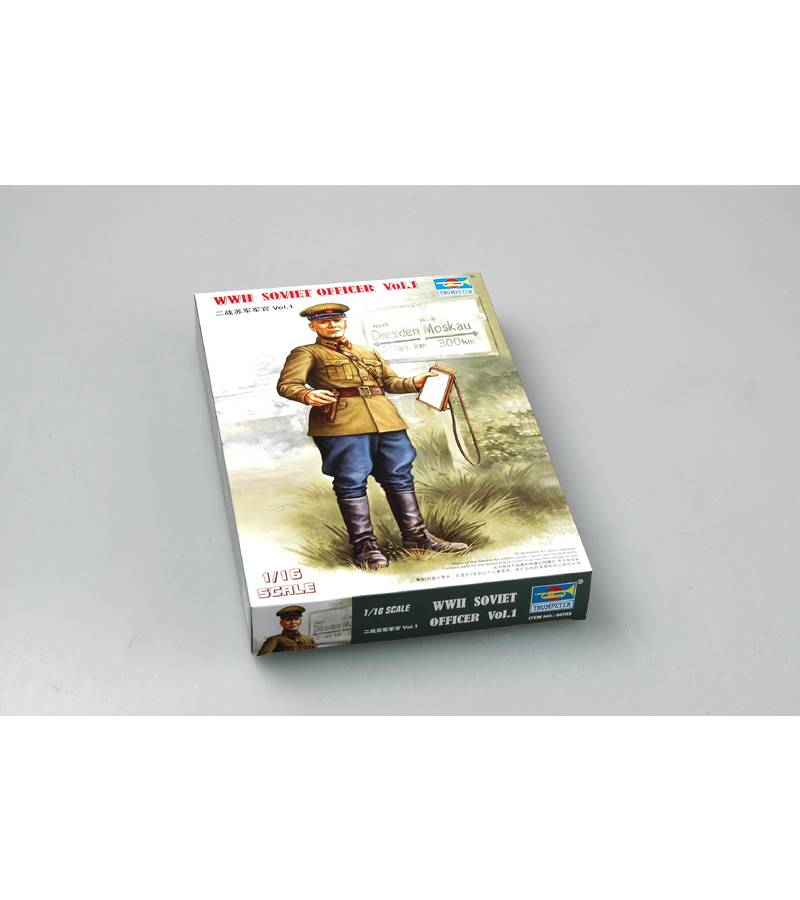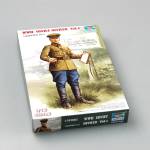This is a Scale Model Kit, Paint and Glue are not included.
The Soviet officer corps began to form in the course of the civil war in Russia that broke out after the October Revolution of 1917. After its definitive end at the turn of 1922/1923 (although the main activities came to an end already in 1919), as well as after the defeat in the war with Poland (the Peace of Riga - 1921), conclusions were slowly drawn from these armed conflicts, which influenced in the shape of the Soviet officer corps and its theoretical and military views. This process accelerated at the turn of the 20s and 30s of the twentieth century, when in the USSR appeared the theory of the so-called deep operation, and their works were published by Tukhachevsky or less known, but very important for the development of Soviet military thought, Triandafilov and Isserson. However, in the mid-1930s, the Soviet officer corps was decimated in the course of the Stalinist purges, which was bad for his professionalism, and perhaps even more for the independent thinking of individual officers. This fact was not changed by the introduction of the professional officer corps in 1935. As a result of these purges, high command positions were given to officers with insufficient preparation, considerable lack of theoretical knowledge, but completely loyal to the apparatus of the communist state. Moreover, at the turn of the 1930s and 1940s, the Red Army underwent intensive quantitative development and generally suffered from considerable shortages in the officer corps. The shortcomings in this regard were already underlined by the Winter War with Finland (1939-1940), and they were fully heard in the first period of the war with Germany, especially in the period 1941-1942. Even the first great victory in this war (the counteroffensive from Moscow in 1941) was achieved more thanks to the enemy's exhaustion and weather conditions than thanks to Zhukov's commanding talents. With time, however, at the cost of a huge tribute of blood, the Soviet officer corps was professionalized and was able to carry out really large-scale land operations more and more skilfully. One example is Operation Bagration in 1944. Also such generals and marshals as Rokossovsky, Konev and Batov turned out to be equal opponents for the German commanders. Moreover - especially the former can be counted as one of the best commanders of the Second World War.

